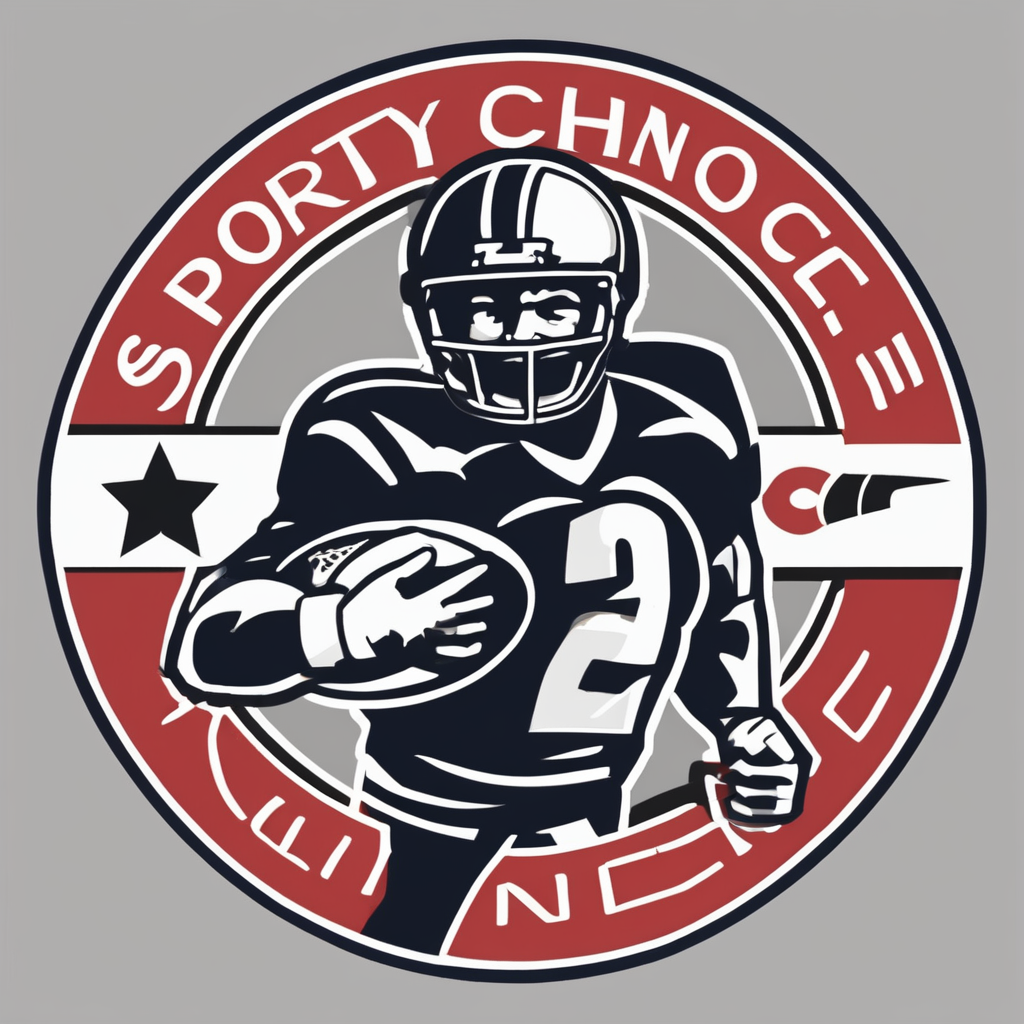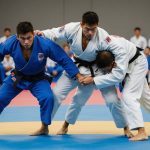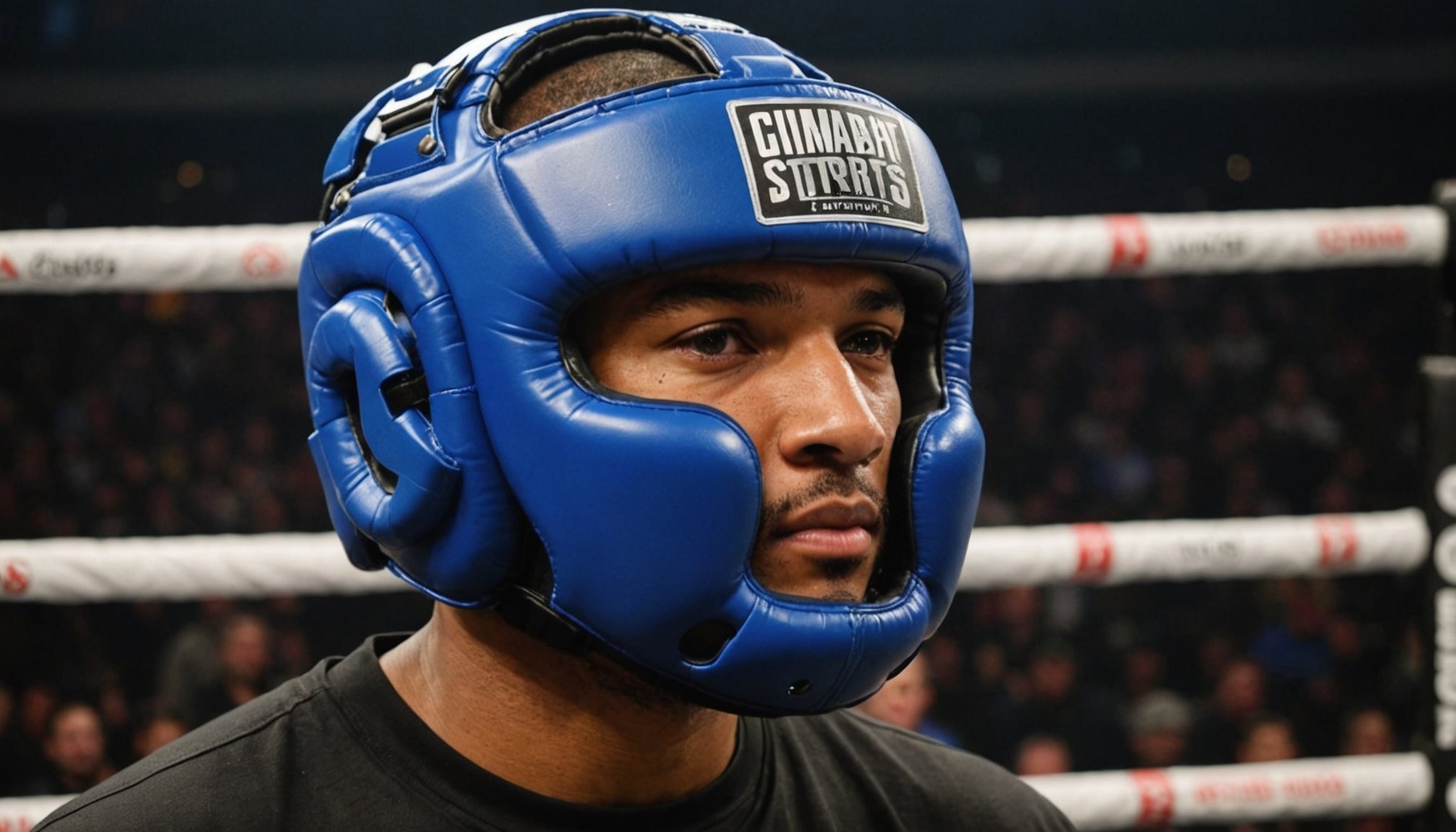Exploring the Newest Safety Regulations for Protective Headgear in Combat Sports Across the UK
The Growing Concern Over Head Injuries in Sports
In recent years, the issue of head injuries in sports has become a pressing concern for athletes, coaches, and regulatory bodies alike. The risk of concussions and other head injuries is a stark reality that athletes in combat sports such as boxing, ice hockey, and rugby face every time they step onto the field or into the ring. This concern has led to a significant push for enhanced safety regulations, particularly focusing on the use of protective headgear.
The Role of Protective Headgear in Reducing Concussion Risk
Protective headgear has emerged as a crucial component in the arsenal against head injuries. For instance, the Rezon Halos® headband has been proven to reduce concussion risk by 74% and rotational forces to the brain by up to 61%.
In parallel : Exploring the Ethical Dimensions of Encouraging Youth Participation in UK Combat Sports
Key Features of Advanced Protective Headgear
- Reduction in Concussion Risk: Advanced headgear like the Rezon Halos® significantly reduces the risk of concussions and sub-concussions, which are 500 times more frequent in sports and pose a greater risk for long-term neurodegenerative diseases such as Chronic Traumatic Encephalopathy (CTE).
- Rotational and Linear Force Reduction: These headbands reduce both rotational and linear forces to the brain, which are critical in minimizing the damage caused by head impacts.
- Comfort and Durability: Modern protective headgear is designed to be sleek, lightweight, flexible, and hypoallergenic, making it comfortable for athletes to wear during prolonged periods of physical activity.
- Certifications and Standards: Many of these headgears hold international safety ratings, such as the Virginia Tech 5-star safety rating and CE/UKCA Category II PPE certification, ensuring they meet the highest safety standards.
Regulatory Changes and Mandatory Safety Measures
Regulatory bodies are now taking concrete steps to mandate the use of advanced protective headgear in various sports.
Helmet Approval Processes and G-Force Sensors
The Union Cycliste Internationale (UCI) is considering the introduction of a helmet approval process, similar to their existing frame and wheel approval processes. This would ensure that all helmets used in UCI-sanctioned events meet specific safety standards and are equipped with g-force detecting sensors. These sensors can alert medical teams if a rider experiences a significant impact, necessitating a concussion test.
Have you seen this : Top Drills to Boost Your Clinch Game in UK Muay Thai
Pre-Race Course Inspections and Safety Barriers
In addition to helmet safety, there is a growing emphasis on optimizing course safety. For example, the UCI is advised to include former riders in pre-race course inspections to identify and mitigate potential hazards. Moreover, the installation of higher and more robust safety barriers, such as the 140cm tall outer safety fence now required for new velodromes, is becoming a standard practice.
Studies and Research on Head Injuries
Research plays a pivotal role in informing these safety regulations. Here are some key findings from recent studies:
Frequency and Consequences of Head Impacts
Studies have shown that sub-concussive impacts, which do not produce immediate symptoms, are far more common than concussions and pose a significant risk for cumulative brain damage. For instance, a study highlighted that sub-concussions are over 500 times more frequent than concussions and are the primary cause of CTE.
The Importance of Concussion Knowledge
Athletes and coaches need to be well-informed about concussion symptoms and prevention strategies. World Rugby, for example, has introduced g-force measuring mouthguards to analyze every head impact in games, which has been a significant step in enhancing concussion knowledge and immediate response to potential head injuries.
Practical Insights and Actionable Advice
For athletes, coaches, and parents, here are some practical tips to ensure better head injury prevention:
Wearing Headgear Correctly
- Ensure that the headgear fits properly and is worn as instructed by the manufacturer.
- Regularly inspect the headgear for any signs of wear and tear.
Recognizing Concussion Symptoms
- Be aware of the symptoms of a concussion, which can include dizziness, confusion, and memory problems.
- If a concussion is suspected, remove the athlete from play immediately and seek medical attention.
Encouraging a Safety Culture
- Foster a culture where athletes feel comfortable reporting any head injuries or symptoms without fear of repercussions.
- Educate athletes and coaches about the risks associated with head injuries and the importance of protective equipment.
Examples from Various Combat Sports
Different combat sports are addressing the issue of head injuries in unique but effective ways.
Boxing: A Historical Perspective
Boxing, one of the oldest combat sports, has a complex history with safety regulations. From its early days as an illegal activity to its current regulated form, boxing has evolved significantly. Modern boxing includes the use of well-padded gloves and mandatory standing nine counts to protect fighters from excessive punishment.
Ice Hockey: Body Checking and Head Injuries
In ice hockey, body checking is a common cause of head injuries. To mitigate this, many leagues are implementing stricter rules on body checking, especially at the high school level. The use of protective headgear, including helmets and face masks, is mandatory, and there is a growing emphasis on teaching safe checking techniques to reduce the risk of head impacts.
Rugby: Reducing Head-High Tackles
Rugby has seen a rise in red cards for head-high tackles as governing bodies strive to reduce the number of head injuries. The introduction of stricter penalties and the use of advanced protective headgear are key strategies in this effort. Additionally, the use of g-force measuring mouthguards, similar to those in World Rugby, is being explored to better monitor and respond to head impacts.
Future Research and Directions
As research continues to evolve, here are some areas that future studies might focus on:
Risk Compensation and Injury Prevention
- Investigating how the use of protective headgear might influence risk-taking behavior among athletes (risk compensation).
- Developing more effective injury prevention strategies that combine protective equipment with behavioral changes.
Advanced Materials and Technologies
- Exploring new materials and technologies that can enhance the protective capabilities of headgear without compromising comfort or performance.
- Integrating sensors and other monitoring devices into headgear to provide real-time data on head impacts.
The safety of athletes in combat sports is a multifaceted issue that requires a comprehensive approach. From the development and mandatory use of advanced protective headgear to the implementation of stricter safety regulations and enhanced education on concussion symptoms, there are numerous steps being taken to protect athletes.
A Call to Action
As we move forward, it is crucial that athletes, coaches, and regulatory bodies continue to prioritize safety. Here is a detailed list of actions that can be taken:
- Mandatory Use of Protective Headgear: Ensure that all athletes wear certified protective headgear during practice and competition.
- Regular Safety Inspections: Conduct regular inspections of equipment and playing fields to identify and mitigate potential hazards.
- Education and Awareness: Educate athletes, coaches, and parents about the risks associated with head injuries and the importance of protective equipment.
- Continuous Research: Support ongoing research into the causes and prevention of head injuries to inform future safety regulations.
By working together, we can create a safer environment for athletes to compete and enjoy their sports without the looming risk of serious head injuries.
Table: Comparative Analysis of Protective Headgear in Different Sports
| Sport | Type of Headgear | Key Features | Certifications | Effectiveness |
|---|---|---|---|---|
| Boxing | Boxing Helmets | Well-padded, mandatory use | Various national standards | Reduces impact force |
| Ice Hockey | Helmets and Face Masks | Mandatory use, face protection | HECC (Hockey Equipment Certification Council) | Reduces head and face injuries |
| Rugby | Scrum Caps and Headgear | Reduces impact force, optional use | World Rugby standards | Reduces head impacts, especially in scrums |
| Cycling | Helmets with G-Force Sensors | Mandatory use in UCI events, alerts medical teams | UCI-approved helmets with g-force sensors | Reduces risk of undetected concussions |
Quotes from Experts and Athletes
- “The brain is vulnerable to rotational forces from both concussions and sub-concussions. Sub-concussions are over 500 times more common than concussions and pose a significant risk for cumulative brain damage.” – Rezon Halos®
- “The technology exists to make our sport safer. It’s about prioritizing safety over some notional thing that ‘makes cycling, cycling’.” – UCI Safety Advocate
- “Protective headgear is not just about reducing the risk of concussions; it’s about protecting the long-term health and well-being of athletes.” – Sports Safety Expert
By combining advanced technology, strict regulations, and a culture of safety, we can significantly reduce the risk of head injuries in combat sports and ensure that athletes can perform at their best without compromising their health.











